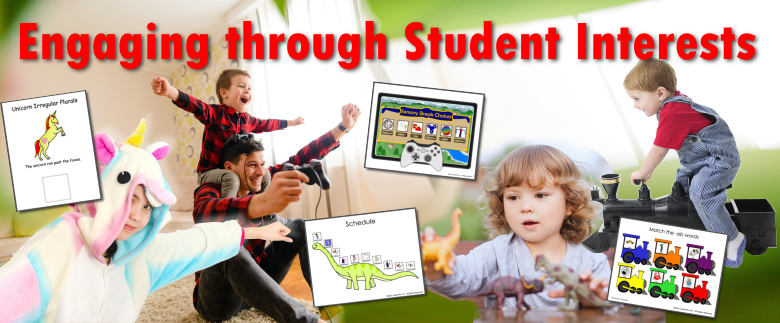
Engaging through Students Interests
When students know you care, they are more likely to engage, work hard, and cooperate. Pairing students' interest with learning and behavior goals makes learning fun and improves student outcomes. LessonPix offers themed templates to customize learning for individual interests and needs. Check out these ideas, ready-to-print or customize for your needs.
Getting to Know Your Students
One of the most effective ways to increase student engagement and achievement is by getting to know your students. An Interest Inventory for students is used to learn likes and dislikes, favorite activities, and personal qualities. This information can help motivate as well as develop self-knowledge. As students age, they can apply interests toward potential career, community involvement, and independent living.
Teachers and therapists develop their own interest inventories to align with their subject area. For example, a reading teacher may look for reading interests to choose books while working on specific skills and then grow a child's library from their interests to broader or related topics. A speech therapist may adapt favorite games and activities to target articulation goals. And a special education teacher may embed curriculum content within high interest themes.
Check out these different activities to help learn about interests.
Popular Interests
To see the most common areas of interests of young children, visit the toy aisles at Target: Hot Wheels racecars, unicorn lunchboxes, dinosaur models... just to name a few.
Here are some activities from the LessonPix Sharing Center using common student interests.
Unicorns
Dinosaurs
Trains
Video Games
Mermaid
Space and Rockets
Ocean
Racetrack
Trust is founded upon human connections. Teachers must forge a human connection in order to unlock the potential of a student. Teachers then can focus on learners interests and meet individual needs. Create visuals and activities that match students and recognize them as valued individuals.
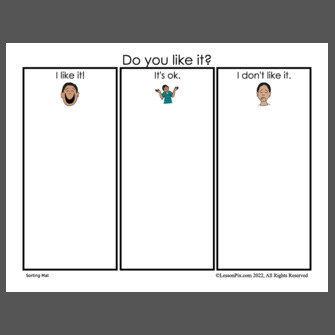
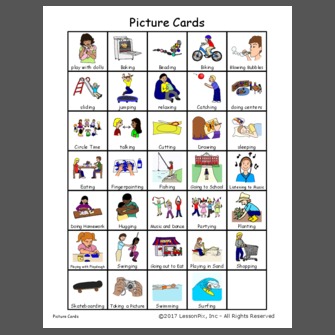

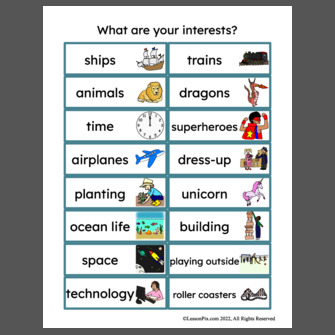
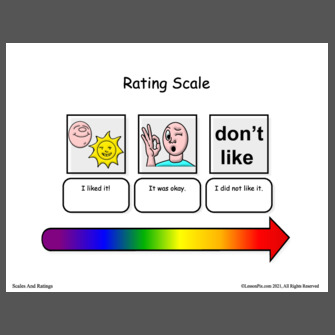
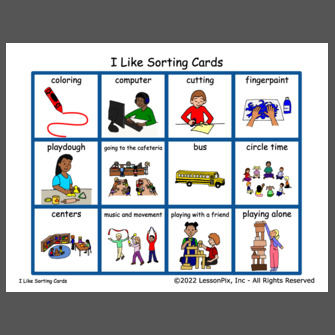
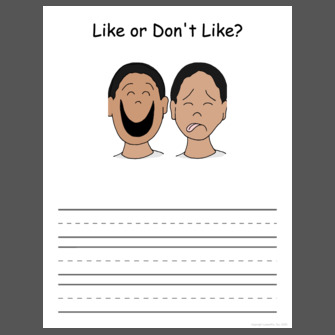
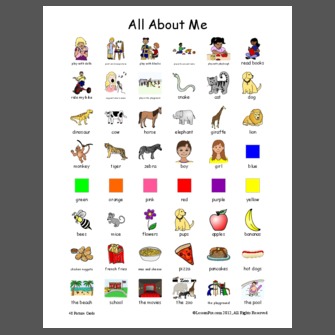
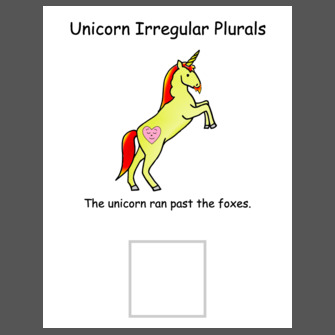

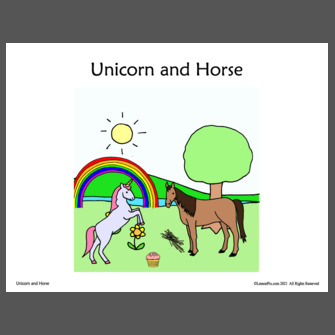
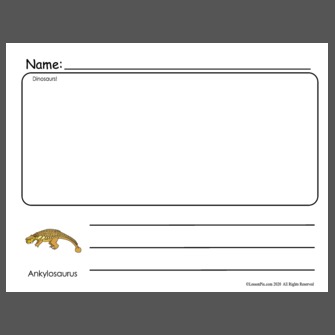
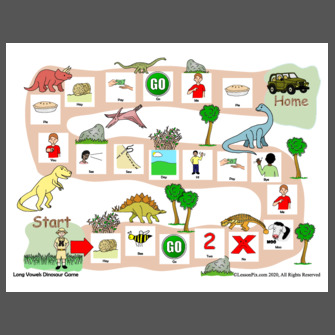
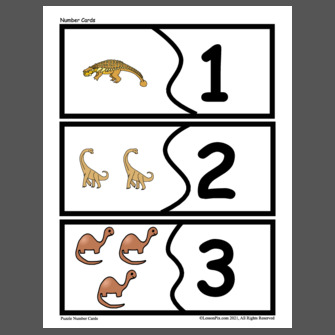

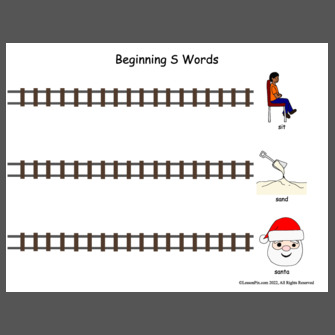

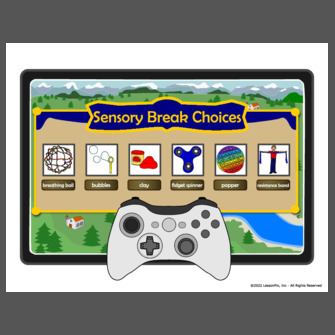
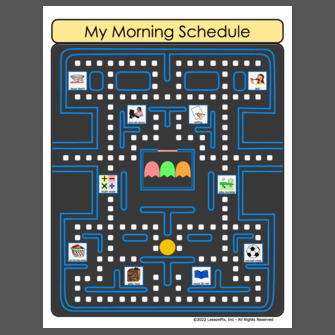
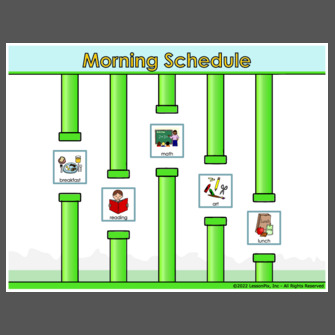
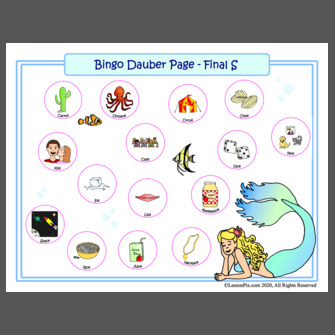
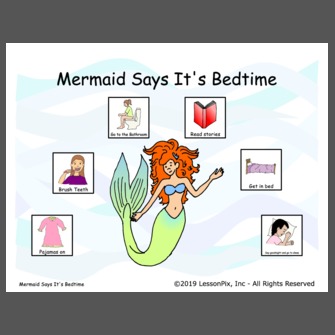
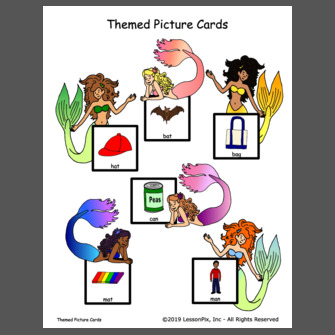
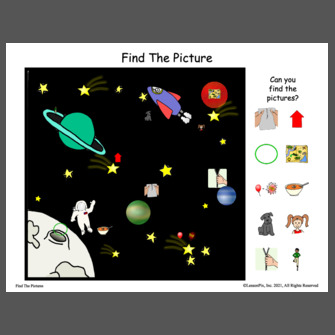

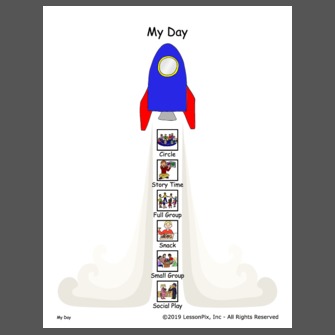
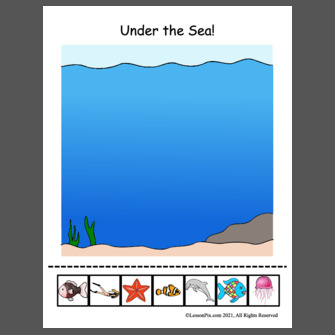
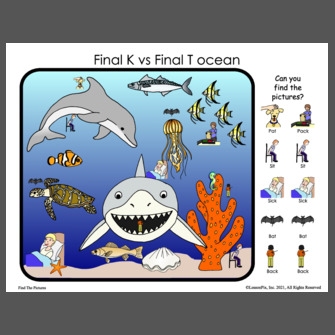

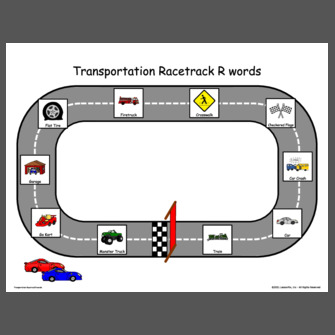
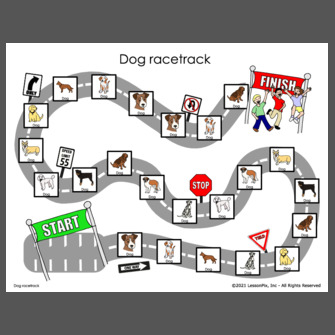
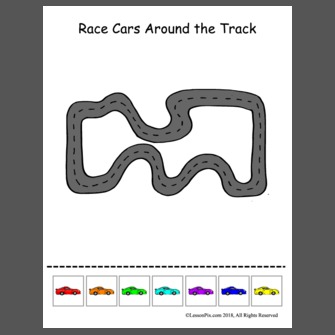
 Facebook
Facebook Twitter
Twitter Pinterest
Pinterest